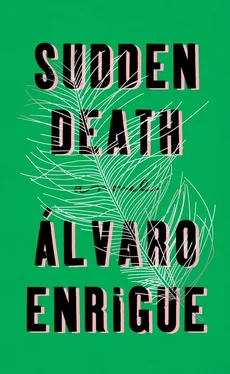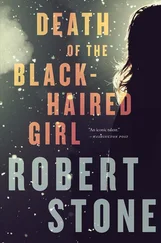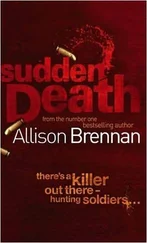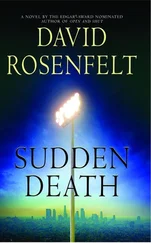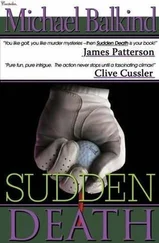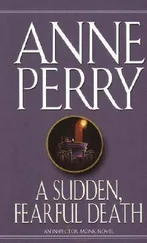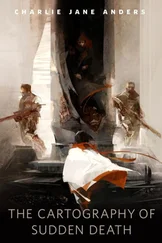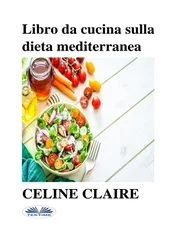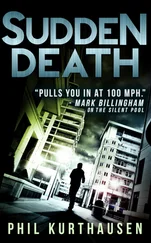By four in the afternoon, when the Roman sun came straight in the window, Caravaggio must have thought it was time to give up his work on the wall of Federico Borromeo’s studiolo in his fruit basket painting. He must have stepped back a little to get a better look at his day’s labor as he rolled his brushes in a cloth. Then he must have wiped his fingers on his trousers. Next, hypersensitive as he was to the refractions of light that he chased tirelessly back in his dark, closed studio, he must have noticed that the miter was changing color all by itself, as if it were alive.
With eyes like saucers from the effect of the mushrooms, Vasco de Quiroga cast his gaze over the surface of the seven miters. He felt the caress of the feathers on his eyelashes and he could see how the world they portrayed came to life like a hive in which everything was present and everything moved along a given path. The birds flew silently, the angels eternally scattered star-seed, the son rose up on the thrust of Earth’s sacred vagina. He chose the miter that Caravaggio later saw, picked it up, and said: This one I’ll present to Pope Paul myself.
Caravaggio raised his hands and took the miter from the shelf on which it sat. The gold of the pentagram with the letters IHSMA burst on his pupils, the figures attired in the blue of saints dragging his eyes in all directions, showing him how to see in a bigger way. He shook his head, as if to wrench himself from a dream. He moved the miter to a spot where the light fell directly on it and suddenly the whole thing was ablaze. The red, he thought, intent on unpicking the mystery of fire that doesn’t burn, iridescence that doesn’t blind. The red, said Vasco de Quiroga to Huanitzin; the colored figures are what move in God’s sight, but the red framework beneath is God himself, his instructions. That’s right, said the featherworker.
The poet opened his eyes. Everything was red. He touched his eyebrow where the ball had struck him. It was cut open. He felt a flurry of people around him. He raised his open hand to signal that he was all right.
Caravaggio tilted the miter, saw that the figures came to life. Their faces changed; Christ rose up in an exercise of celestial swimming that was his salvation and no one else’s, the salvation of those who die in combat, no matter what kind — this novel is the combat. He half closed his eyes, which was the only way he could bring into focus the background of red leaves and branches that twined around the rest of the images. Whoever made this, he thought, can read God’s design. When silence fell, the poet said: I’m still in. He had understood that this wasn’t a game of tennis, but a sacrifice. The Indian smiled, showing what looked to the priest like the teeth of a warrior. The red is the blood of the earth, the veins of the world, said the bishop; God’s design. The mushrooms help, said Don Diego. He continued: Take one with you for Don Zumárraga, so that he’ll send you to see His Holidays; it’s you who can best speak for us. The poet rose and picked up the ball and racket, the little figures retreating respectfully from the court that was swimming in a sea of red. It wasn’t a game. Someone had to die at the end and it would be the young man he had been that morning; reborn would be the recalcitrant Catholic, the anti-Semite, the homophobe, the Spanish nationalist, the dark side of his two selves. He rubbed the scapular. Everything red. Caravaggio fell into Federico Borromeo’s desk chair. Tracing the branches of the miter’s red background, he felt that he could hear the plea of an ancient soul, a soul from a dead world, the soul of all those who’ve been fucked by the pettiness and stupidity of those who believe that winning is all that matters, the soul of those who’ve been undeservedly obliterated, the lost names, the dust of bones — his own bones on a Tuscan beach, Huanitzin’s bones by Lake Pátzcuaro — the soul of the Nahuas and the Purépecha, but also of the Langobards, who a thousand years ago had been destroyed by Rome as Rome had just destroyed the Mexicas and would destroy the poet. He heard: It’s you who can best speak for us. Tenez!

Zoom. Dedans. Caravaggio trionfa di nuovo a Roma.
Like all books, Sudden Death comes mostly from other books. References to almost all of them appear in the novel itself, as the form allows. But there are two recent biographies of Michelangelo Merisi without which I couldn’t have written the book: Andrew Graham-Dixon’s Caravaggio: A Life Sacred and Profane and Peter Robb’s M: The Man Who Became Caravaggio . Andrew Graham-Dixon established the relationship — now so obvious — between Caravaggio’s paintings of beheadings and his Rome death sentence. Peter Robb traced the link between the mind-sets of Galileo Galilei and Merisi as two poles of a single system. The research and investigation of both biographers into the role of Fillide Melandroni in the work of the artist are also at the heart of my book. Equally indispensable were Heiner Gillmeister’s Tennis: A Cultural History and Cees de Bondt’s Royal Tennis in Renaissance Italy . Alessandra Russo’s work on material culture in the century of the conquistadors, especially as curator of the exhibition El vuelo de las imágenes: Arte plumario en México y Europa , at the Museo Nacional de Arte in Mexico City, sparked a good part of the writing of this story. The little that is truly historical in the novel comes from her work and from Gusto for Things: A History of Objects in Seventeenth-Century Rome by Renata Ago.
This book was written with the support of the Dorothy and Lewis B. Cullman Center for Scholars and Writers at the New York Public Library and the Princeton Program in Latin American Studies. It was finished on a writer’s residency as part of the program Castello in Movimento at Malaspina Castle in Fosdinovo, Italy.
ÁLVARO ENRIGUEwas a Cullman Center Fellow at the New York Public Library and a Fellow at the Princeton University Program in Latin American Studies. He has taught at New York University, Princeton, the University of Maryland, and Columbia. His work has appeared in The New York Times, The Believer, The White Review, n+1 , the London Review of Books , and El País , among others. This novel was awarded the prestigious Herralde Prize in Spain and the Elena Poniatowska International Novel Award in Mexico, and has been translated into many languages. Enrigue was born in Mexico and lives in New York City.
NATASHA WIMMER’s translations include The Savage Detectives and 2666 by Roberto Bolaño. She lives in New York City.
